| We asked our team what they wished they had known when they started shooting film. In this blog, we’ll be sharing practical advice and insights from their responses and showcasing some work from the talented team that processes your film here at the lab! |
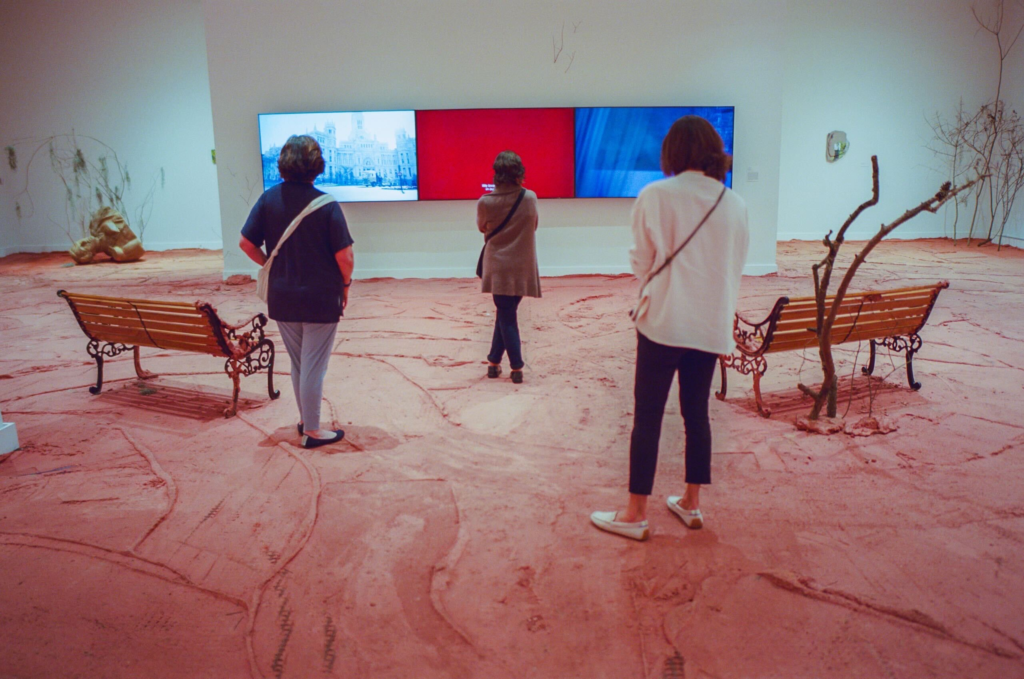
Before You Shoot
Get familiar with your equipment. Invest in a reliable camera that has been CLA (Clean, Lubricate, Adjust) certified. If you’re not sure what condition a camera is in, have it serviced at your nearest camera shop before using it.
Make sure you’re using a film stock that will lend itself to the lighting conditions you plan to shoot in.

Store your film in the fridge! It may sound obvious but film doesn’t last forever. It’s always disappointing to get your negatives back just to discover it was expired all along. Buy from a reputable source – we sell fresh film!
When flying, make sure you get your film hand-checked at airport security to avoid exposing your film to X-rays.
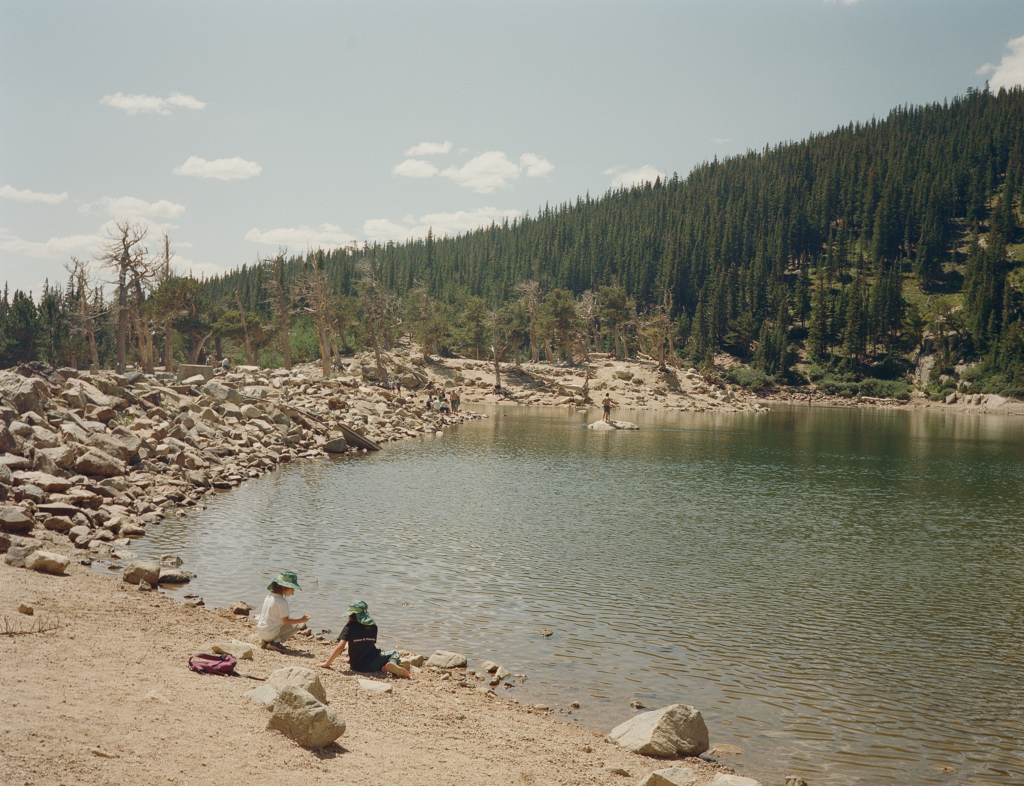
Exposure
Almost everyone on the team had something to say about exposure when it came to their early experiences with film:
Meter holistically: take light readings for the shadows, midtones, and highlights into consideration then pick the best number in between the range of values. This will ensure you’re retaining information in all areas of your image.
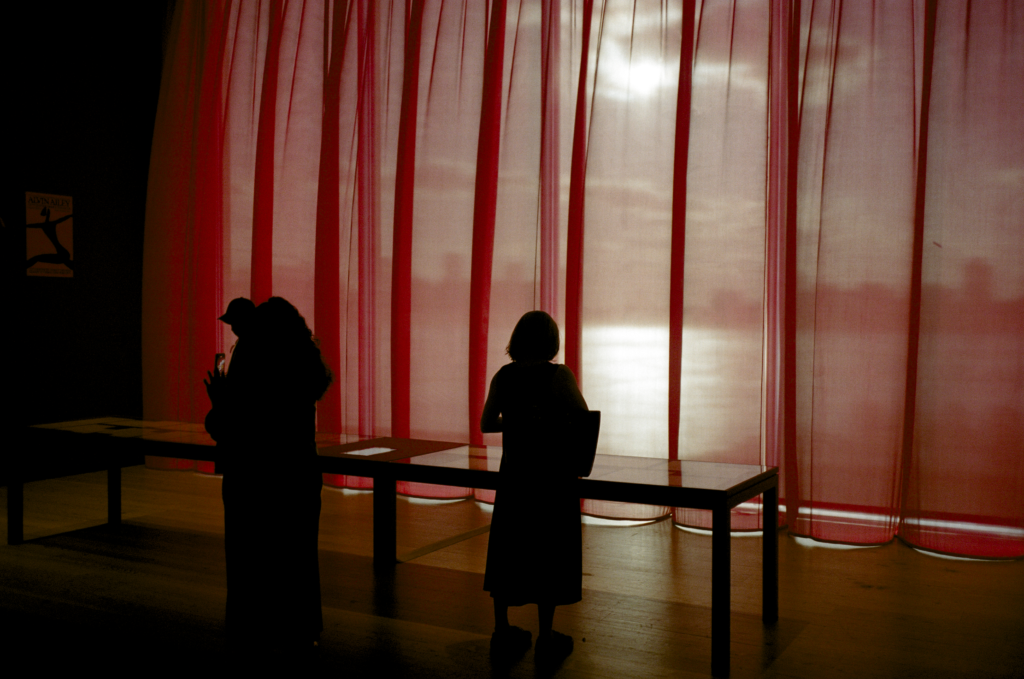
When in doubt, overexpose your film. Especially when it comes to color film, overexposing by one or two stops is usually a safe bet to make sure you’re capturing enough information on the negative.
We recommend researching the exposure triangle (ISO, shutter speed, aperture) and Ansel Adams’s Zone system to further your understanding of exposure.
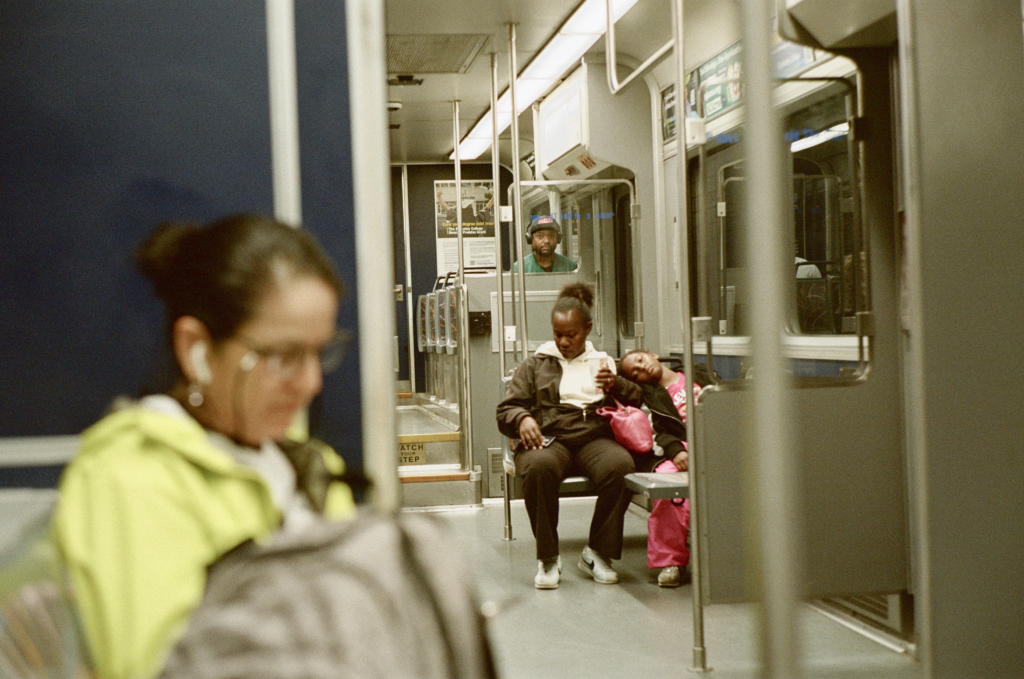
Ready for Anything
Always have a camera with you, even when you don’t plan on shooting.
Keep an extra roll of film and battery in your camera bag just in case.
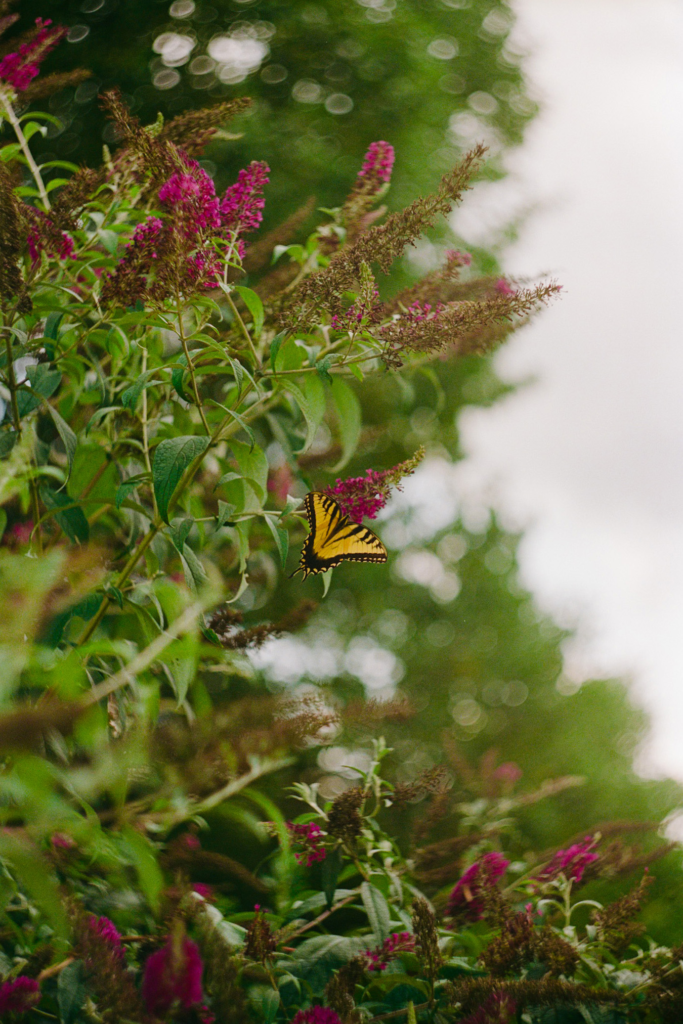
Learn to appreciate and embrace imperfections and surprises from your subject, they can add personality and unique details that distinguish your images from others.
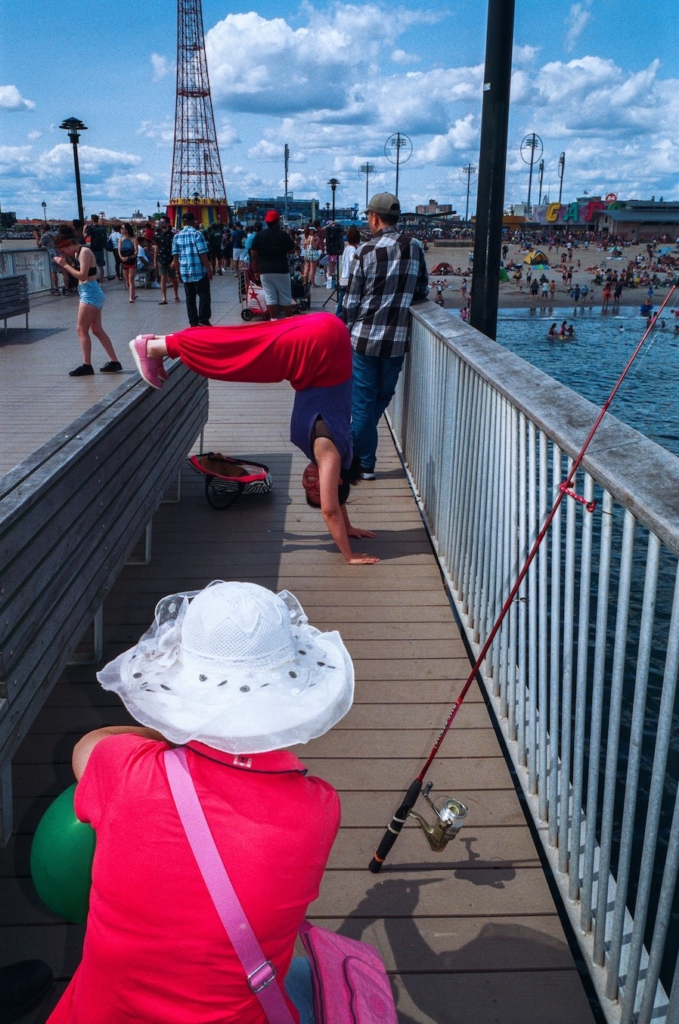
Edit in Camera
While you’re shooting, avoid the mindset of cropping or editing things out later. Compose your shot in the viewfinder as best you can and if something is bothering you about the shot, find a way to fix it before pressing the shutter.

Make multiple pictures of the same subject. For portraits in particular, this mitigates common issues like subjects blinking so you have better options to choose from. Vary your exposure if you are uncertain about your meter reading.

Post-Shooting Practices
Develop your film as soon as possible after exposure for best results.
Understand the difference between camera issues and exposure choices.
For example, a stuck shutter in you camera versus using a shutter speed faster than your flash – the two might look similar, but require different solutions.

Enjoying the Process
Don’t be overly precious about your film. Although the limited number of exposures per roll can be a helpful creative restraint, don’t let it get in your way. Trust your instincts and capture moments as they come instead of waiting for the perfect shot.
Look to photographers you admire for inspiration when you’re in a creative slump. A good photo book can be a great source of motivation.

Share your photos with friends and family to get feedback and stay motivated. Stay open-minded and have the patience to grow from your mistakes to avoid burnout.
Remember, every photographer’s journey is unique. These tips are meant to guide you but don’t be afraid to experiment and find what works best for your style.
Shooting film should be fun!

Additional Advice
One of our newsletter subscribers, Tori Spadaro, was kind enough to offer some additional advice they’ve learned from the process of shooting film:
“One piece of advice I’ve learned along my film journey: If it doesn’t look cool to you in the viewfinder, it won’t look cool to you on the scan. There won’t be a miraculous transformation just from processing the film. If the shot isn’t what you want, think about how to adjust and make it better before taking the shot. What needs to change? Is it your angle/perspective? The lighting? A pose? Has the moment passed? It’s a combination of “Edit in Camera” (mentioned in the previous Gelatin newsletter; take the extra few seconds to compose your shot in the viewfinder before snapping; don’t rely on cropping or “fixing it in post”) AND reflecting on what it is that you ACTUALLY want to show. Is it the colors of the sunset- or the people standing in front of it? Decide. What’s striking you about the subject- is it her full body/outfit or moreso her piercing eyes? What’s actually drawing you in about the image? Highlight that. And then even more. Whenever I see a potential shot I think “What’s cool about this? How do I accentuate that?” Make these decisions prior to shooting, and you’ll be grateful you did when you get those scans back! “
-From Tori Spadaro

You can find more advice and informational content from our brand ambassadors available on our blog:











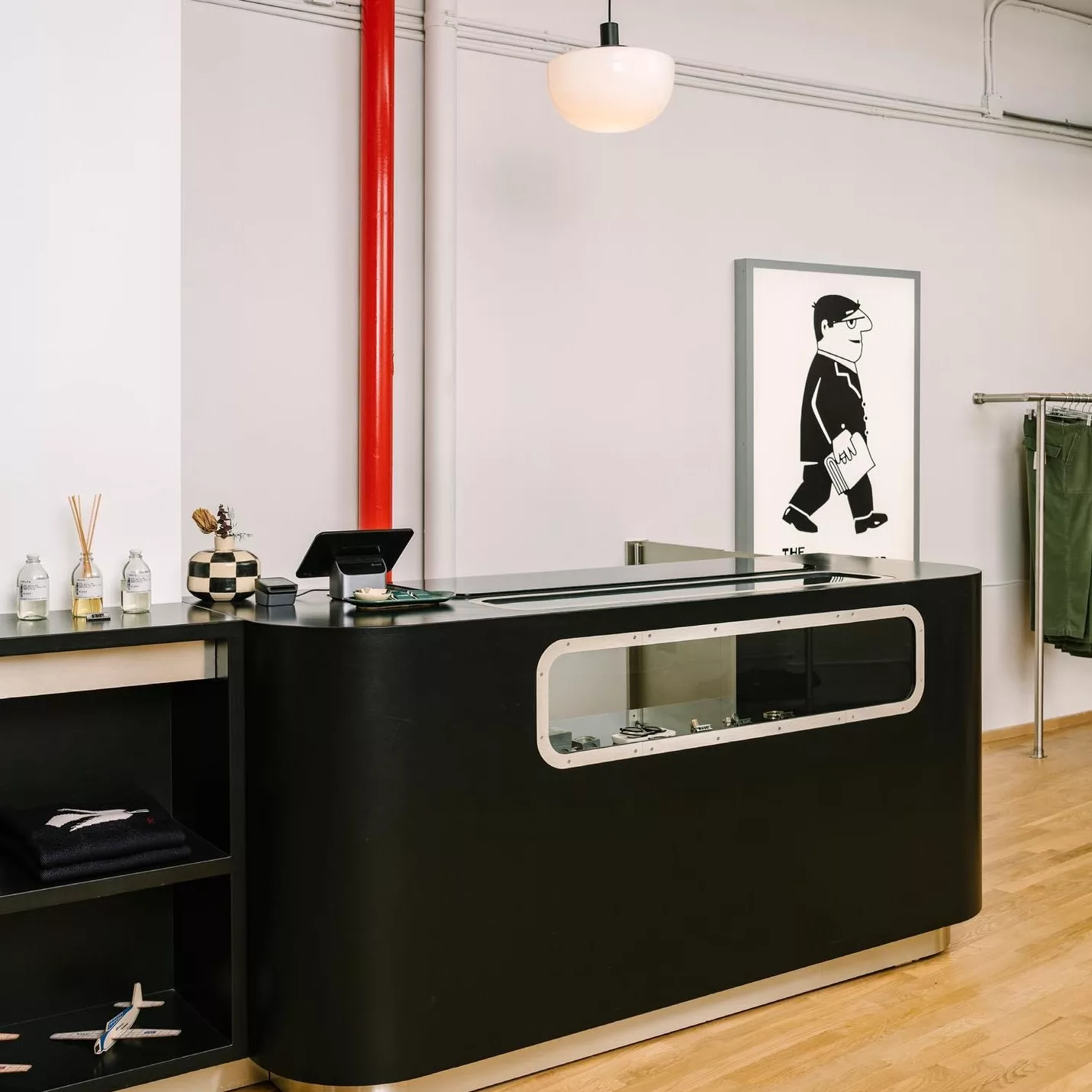

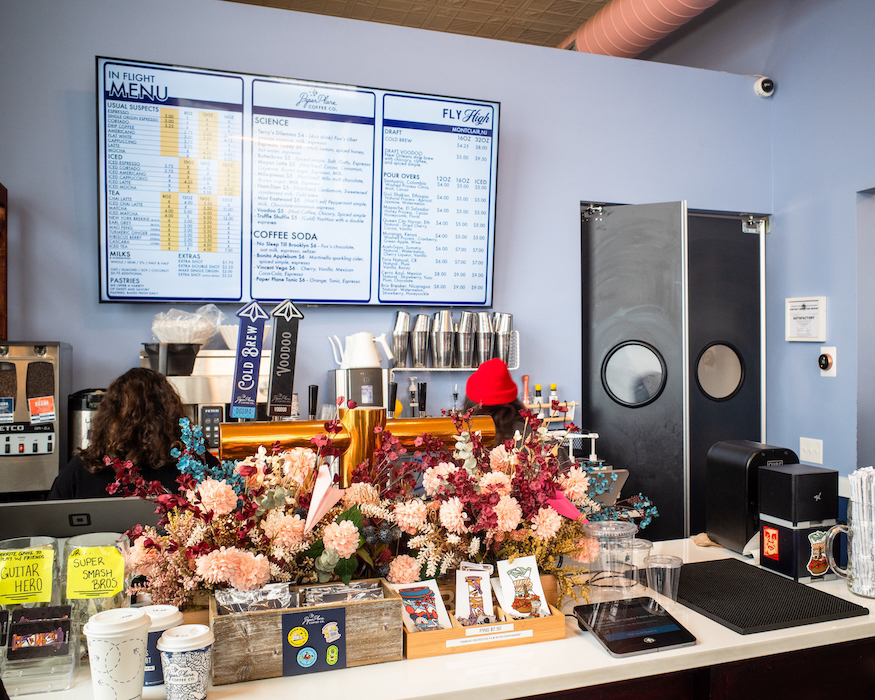
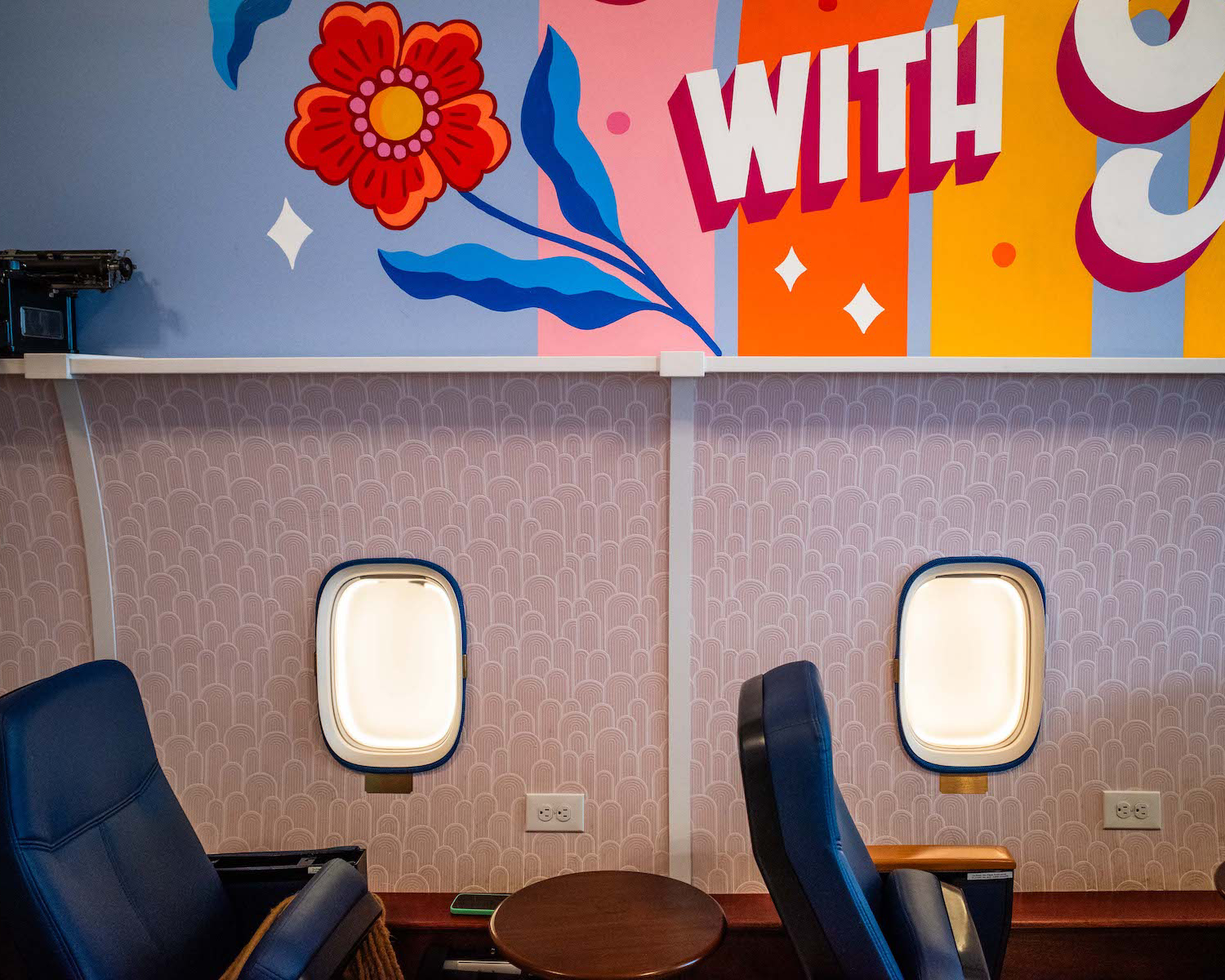
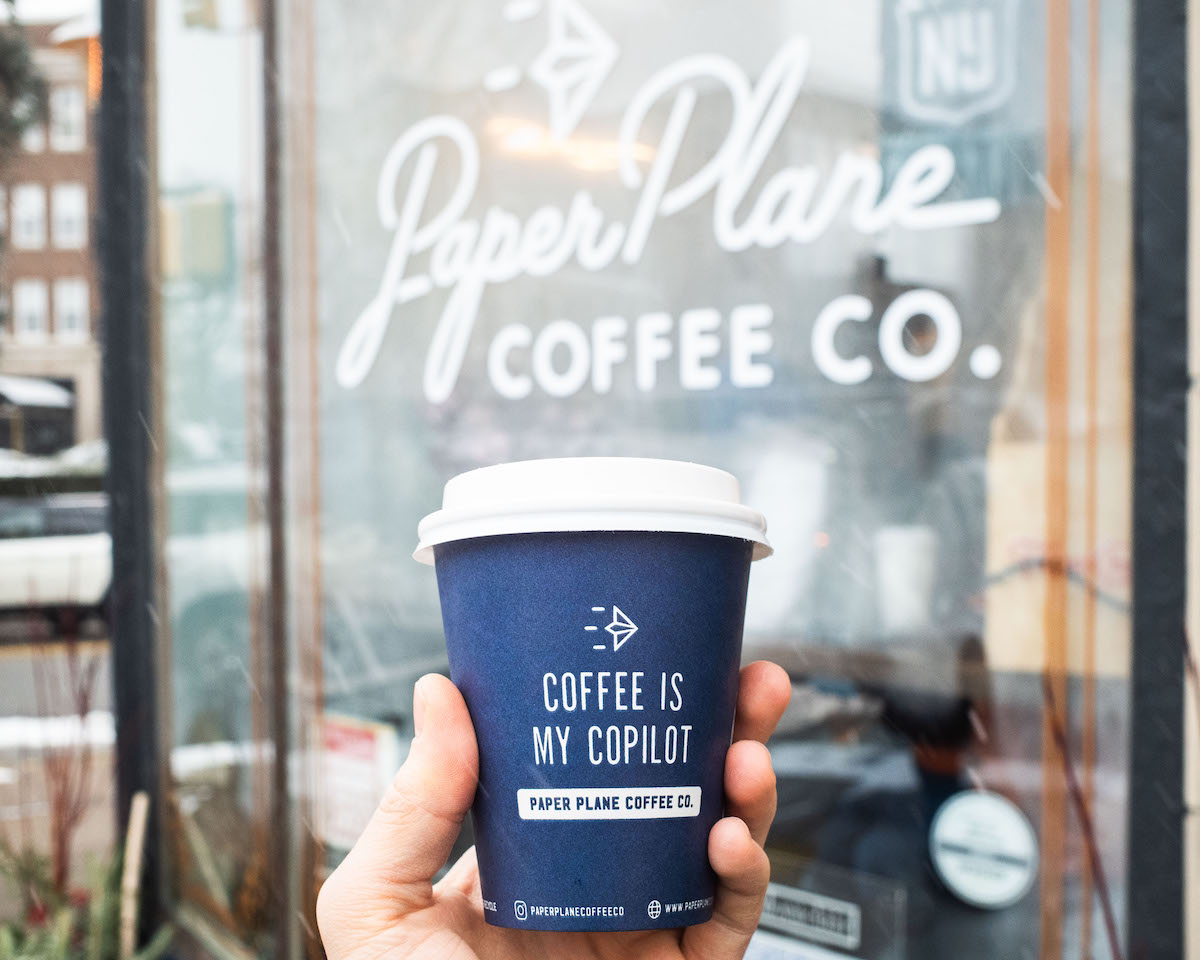


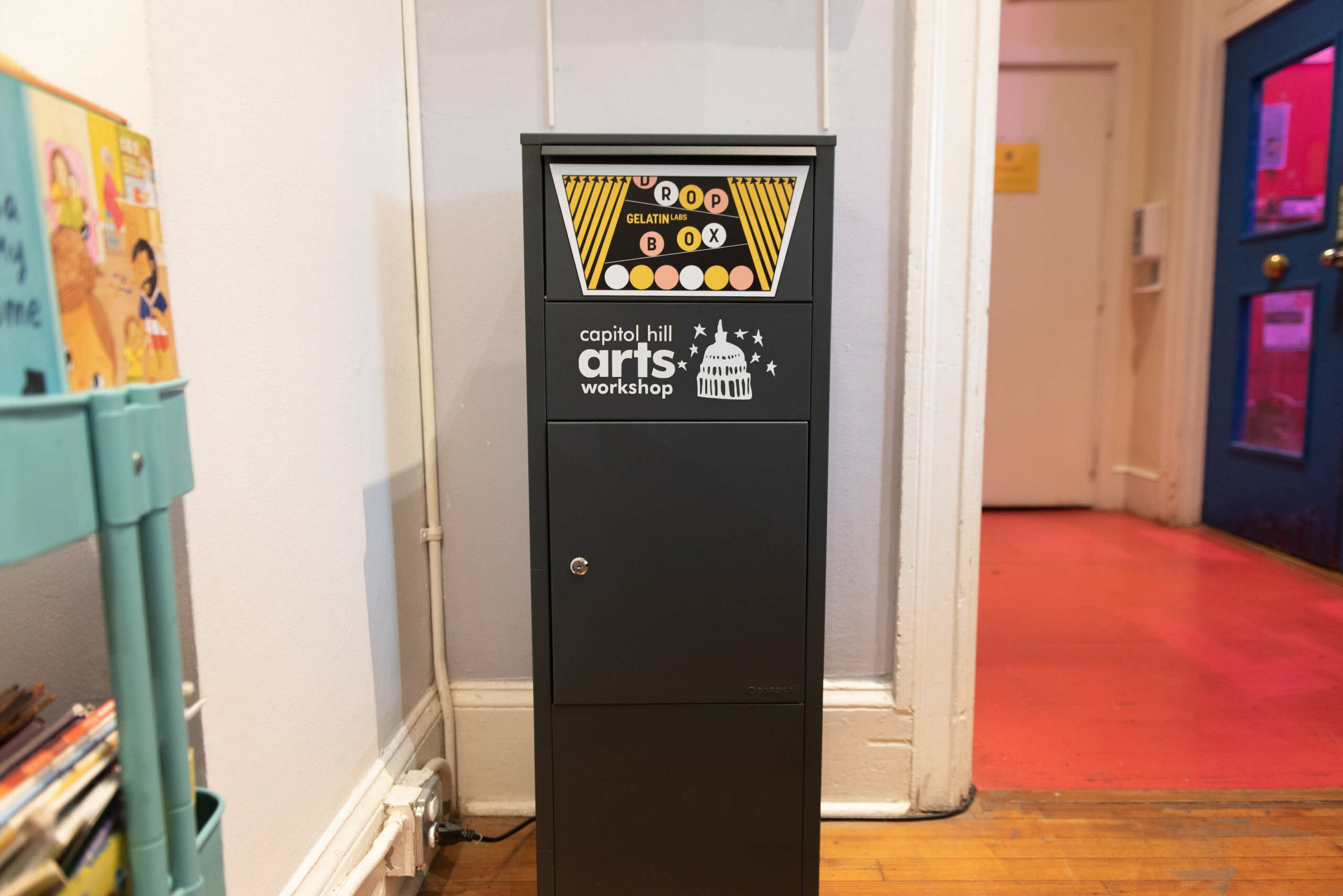

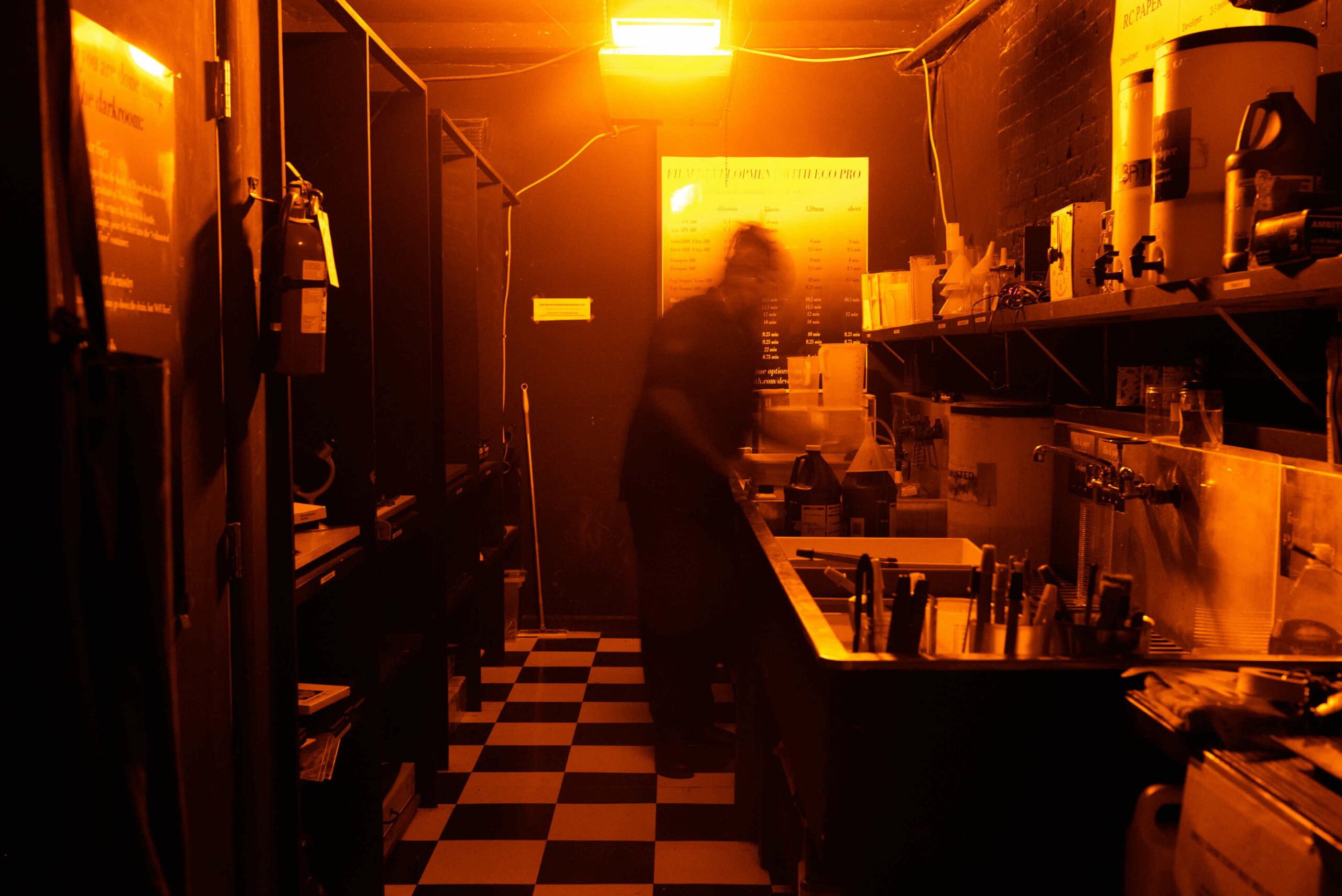










1 thought on “Getting Started with Film Photography: Advice From Our Team”
Thanks for the feature! Loved seeing everyone else’s work as well!